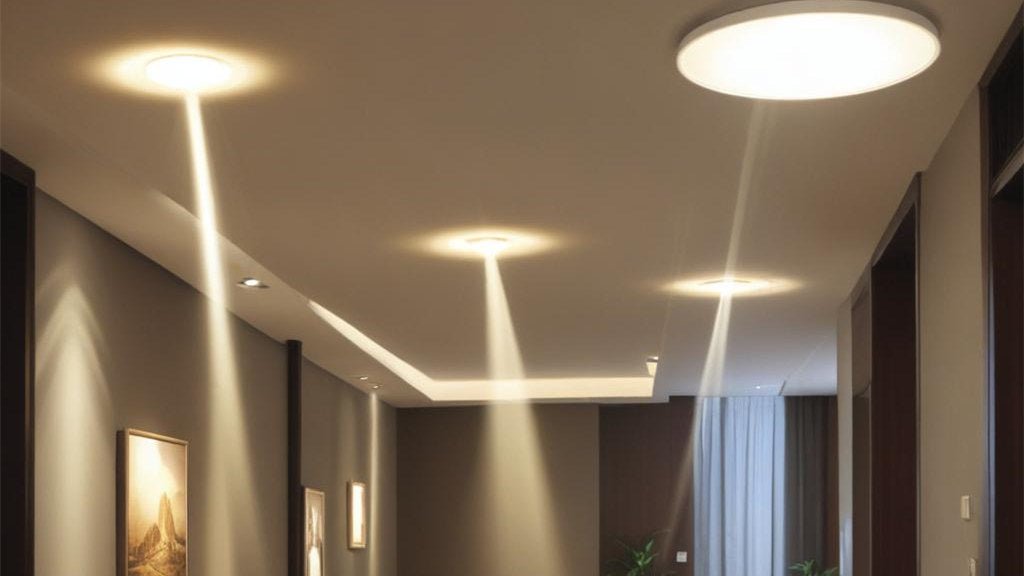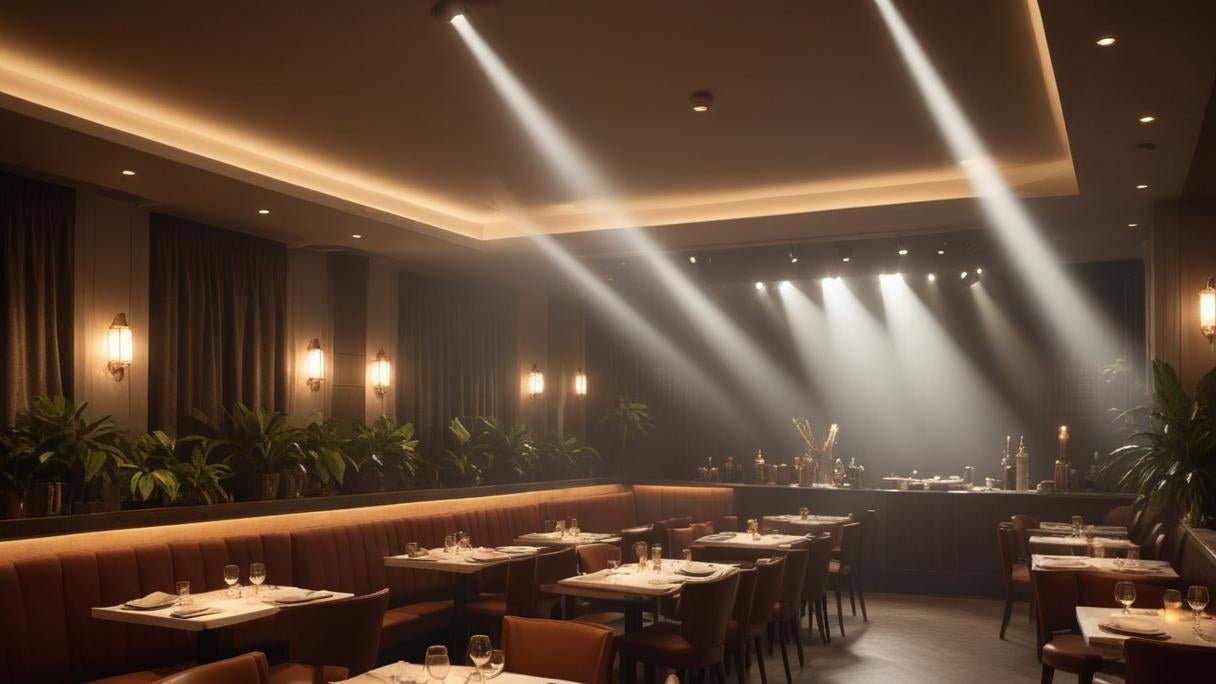Spot lights are a staple in both residential and commercial lighting, known for their ability to cast a focused beam of light. Whether you're highlighting artwork, brightening a workspace, or setting the stage for a performance, spot lights can be an excellent choice. However, like any lighting solution, they come with their own set of pros and cons. Here, we will delve into the various advantages and disadvantages of spot lights.
Pros of Spot Lights
- Precision Lighting
One of the most significant advantages of spot lights is their precision. Spot lights are designed to focus light on a specific area or object, making them ideal for tasks that require detailed illumination. This makes them perfect for highlighting art pieces, architectural features, or even creating dramatic effects in theater productions.
- Energy Efficiency
With advancements in LED technology, modern spot lights are incredibly energy-efficient. LED spot lights use a fraction of the energy consumed by traditional incandescent or halogen bulbs, leading to substantial savings on electricity bills. Additionally, LED spot lights have a longer lifespan, reducing the need for frequent replacements and maintenance.
- Versatile Applications
Spot lights are extremely versatile and can be used in a variety of settings. In residential spaces, they are commonly used for accent lighting to create mood and atmosphere. In commercial environments, spot lights are used in retail stores to highlight products, in galleries to illuminate artworks, and in offices for task lighting. Their adaptability makes them a popular choice across different industries.
- Design Flexibility
Spot lights come in various styles and finishes, allowing you to choose a design that matches your decor. Whether you prefer a sleek, modern look or a classic, traditional style, there's a spot light to fit your aesthetic. Furthermore, many spot lights feature adjustable heads, giving you the flexibility to direct the light exactly where you need it.
- Improved Safety
In outdoor settings, spot lights can enhance safety and security. By illuminating pathways, driveways, and entrances, spot lights can help prevent accidents and deter potential intruders. Their focused beam ensures that critical areas are well-lit without causing unnecessary light pollution.

Cons of Spot Lights
- Limited Light Spread
While spot lights are excellent for focused illumination, they are not ideal for lighting large areas. Their narrow beam spread means that you might need multiple spot lights to cover a bigger space, which can increase both the cost and complexity of installation.
- Glare and Shadows
Improperly positioned spot lights can cause glare, which can be uncomfortable and distracting. Additionally, because spot lights create a focused beam, they can cast harsh shadows if not carefully placed. This can be a particular concern in workspaces where even lighting is essential.
- Higher Initial Cost
LED spot lights, while cost-effective in the long run, typically have a higher initial purchase price compared to traditional lighting options. This upfront cost can be a barrier for some consumers, although it is often offset by the energy savings and longer lifespan of LEDs.
- Heat Output
Traditional incandescent and halogen spot lights can produce a significant amount of heat. This can be a problem in small or poorly ventilated areas, potentially increasing the ambient temperature and leading to discomfort. While LED spot lights emit much less heat, this is still a factor to consider with older types of spot lights.
- Installation Complexity
Installing spot lights can be more complicated than other lighting solutions. Depending on the design, you may need specialized tracks, mounts, or housings. Additionally, wiring and positioning must be carefully planned to achieve the desired lighting effect, often requiring professional installation.
Conclusion
Spot lights offer a range of benefits, including precision lighting, energy efficiency, versatility, design flexibility, and improved safety. However, they also have some limitations, such as limited light spread, potential for glare and shadows, higher initial costs, heat output, and installation complexity. By weighing these pros and cons, you can determine whether spot lights are the best choice for your specific lighting needs. Whether you're enhancing the ambiance of your home, improving workplace lighting, or securing your outdoor spaces, spot lights can be a valuable addition to your lighting toolkit.


































Leave a comment
This site is protected by hCaptcha and the hCaptcha Privacy Policy and Terms of Service apply.